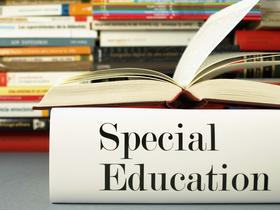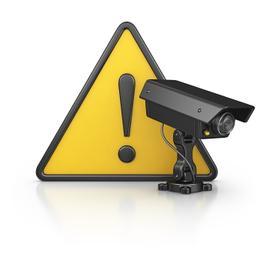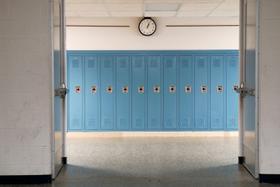Top Rankings
Blue Ridge Unified School District No. 32 (4397) ranks among the top 20% of public school district in Arizona for:
Category
Attribute
Diversity
Most diverse schools (Top 1%)
Community Size
Largest student body (number of students) (Top 1%)
For the 2025 school year, there are 3 public high schools serving 636 students in Blue Ridge Unified School District No. 32 (4397). This district's average high testing ranking is 6/10, which is in the top 50% of public high schools in Arizona.
Public High Schools in Blue Ridge Unified School District No. 32 (4397) have an average math proficiency score of 37% (versus the Arizona public high school average of 42%), and reading proficiency score of 32% (versus the 45% statewide average).
Public High School in Blue Ridge Unified School District No. 32 (4397) have a Graduation Rate of 87%, which is more than the Arizona average of 77%.
The school with highest graduation rate is Blue Ridge High School, with 85-89% graduation rate. Read more about public school graduation rate statistics in Arizona or national school graduation rate statistics.
Minority enrollment is 53% of the student body (majority Hispanic and American Indian), which is less than the Arizona public high school average of 65% (majority Hispanic).
Overview
This School District
This State (AZ)
# Schools
5 Schools
953 Schools
# Students
1,677 Students
441,181 Students
# Teachers
106 Teachers
15,905 Teachers
Student : Teacher Ratio
16:1
16:1
Student By Grade
District Rank
Blue Ridge Unified School District No. 32 (4397), which is ranked within the bottom 50% of all 607 school districts in Arizona (based off of combined math and reading proficiency testing data) for the 2021-2022 school year.
The school district's graduation rate of 85-89% has increased from 80-84% over five school years.
Overall District Rank
#298 out of 631 school districts
(Top 50%)
(Top 50%)
Math Test Scores (% Proficient)
28%
35%
Reading/Language Arts Test Scores (% Proficient)
37%
40%
Science Test Scores (% Proficient)
23%
24%
Graduation Rate
85-89%
77%
Students by Ethnicity:
Diversity Score
0.68
0.66
% American Indian
19%
5%
% Asian
1%
4%
% Hispanic
27%
46%
% Black
n/a
6%
% White
47%
35%
% Hawaiian
n/a
n/a
% Two or more races
6%
4%
All Ethnic Groups
District Revenue and Spending
The revenue/student of $14,053 is higher than the state median of $11,421. The school district revenue/student has stayed relatively flat over four school years.
The school district's spending/student of $11,624 is higher than the state median of $11,323. The school district spending/student has stayed relatively flat over four school years.
Total Revenue
$24 MM
$12,837 MM
Spending
$20 MM
$12,727 MM
Revenue / Student
$14,053
$11,421
Spending / Student
$11,624
$11,323
Best Blue Ridge Unified School District No. 32 (4397) Public High Schools (2025)
School
(Math and Reading Proficiency)
(Math and Reading Proficiency)
Location
Grades
Students
Rank: #11.
Blue Ridge High School
(Math: 35-39% | Reading: 30-34%)
Rank:
Rank:
6/
Top 50%10
1200 W White Mountain Blvd
Lakeside, AZ 85929
(928) 368-6126
Lakeside, AZ 85929
(928) 368-6126
Grades: 9-12
| 636 students
Rank: n/an/a
1200 W White Mountain Blvd
Lakeside, AZ 85929
(928) 368-6126
Lakeside, AZ 85929
(928) 368-6126
Grades: 9-12
| n/a students
Rank: n/an/a
1200 W White Mountain Blvd
Lakeside, AZ 85929
(928) 368-6126
Lakeside, AZ 85929
(928) 368-6126
Grades: K-12
| n/a students
Recent Articles

Parents’ Guide to Special Education
Special education law is not easy to decipher, with several regulations that govern special education services for disabled students. In this article, learn about the core components of the laws, rights, and individual education plans that can help create the best public school environment for your child.

Surveillance Cameras: Violation of Rights or Improved Security?
A school district in Virginia has given the green light to schools that want to install surveillance cameras in common areas like cafeterias and hallways. We’ll look at whether this is a violation of student privacy or the best way to keep order in schools.

Teachers in 19 States Allowed to Physically Punish Students
As of 2014, nineteen states still allow corporal punishment – spanking and paddling the most common choices – in their public schools. However, some argue that not only are these punishments physically harmful, they also are disproportionately administered to students of color. As a result, House democrats have taken up the issue in a new bill that would ban all forms of corporal punishment nationwide.





